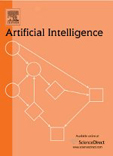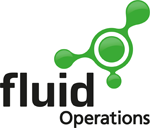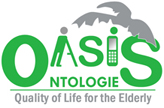Debugging Ontologies and Mappings in Ontology Networks
Introduction
Half day tutorial
Developing ontologies is not an easy task and, as the ontologies grow in size, they are likely to show a number of defects. Such ontologies, although often useful, also lead to problems when used in semantically-enabled applications. Wrong conclusions may be derived or valid conclusions may be missed. Defects in ontologies can take different forms. Syntactic defects are usually easy to find and to resolve. Defects regarding style include such things as unintended redundancy. More interesting and severe defects are the modeling defects which require domain knowledge to detect and resolve such as defects in the structure, and semantic defects such as unsatisfiable concepts and inconsistent ontologies. Further, during the recent years more and more mappings between ontologies with overlapping information have been generated, e.g. using ontology alignment systems, thereby connecting the ontologies in ontology networks. This has led to a new opportunity to deal with defects as the mappings and other ontologies in the network may be used in the debugging of a particular ontology in the network. It also has introduced a new difficulty as the mappings may not always be correct and need to be debugged themselves. In this tutorial we give an overview of current approaches for debugging semantic and structure defects in ontologies (single or in an ontology network) as well as approaches for debugging mappings.
Schedule: Debugging Ontologies and Mappings in Ontology NetworksSunday - Day 1 | |
Session 1 | |
09:00 - 10:00 | Patrick Lambrix, Guilin Qi, Christian Melicke. Overview of defects in ontologies and ontology networks |
10:00 - 10:30 | Guilin Qi. Debugging semantic defects in ontologies |
10:30 - 11:00 | Coffee Break |
Session 2 | |
11:00 - 12:00 | Christian Meilicke. Debugging ontology mappings |
12:00 - 13:00 | Patrick Lambrix. Debugging missing is-a structure |
13:00 - 14:00 | Lunch |
Organizing Committee
- Patrick Lambrix, Linköping University, Sweden
- Guilin Qi, Southeast University, China
- Christian Meilicke, Mannheim University, Germany



















